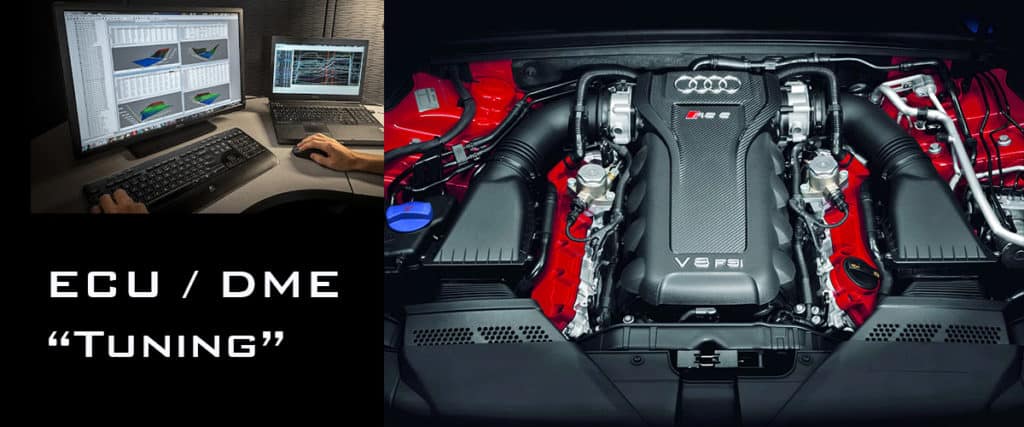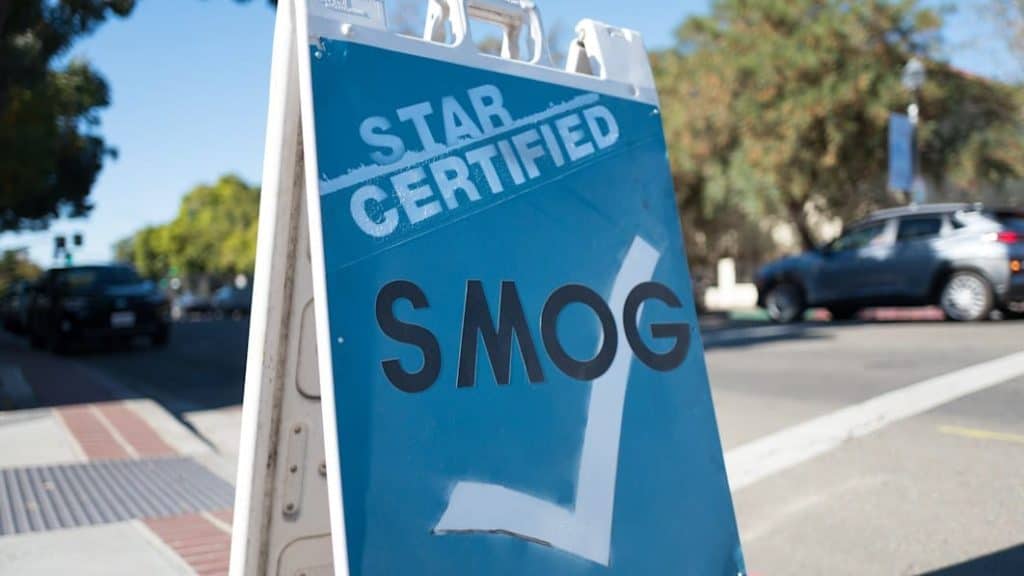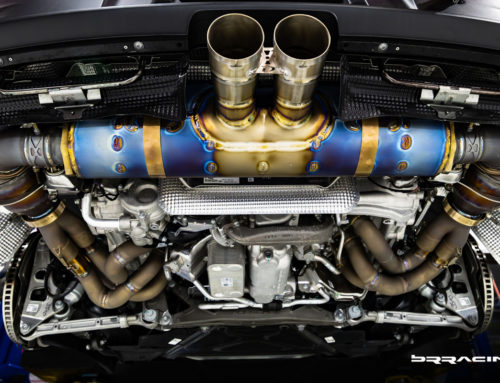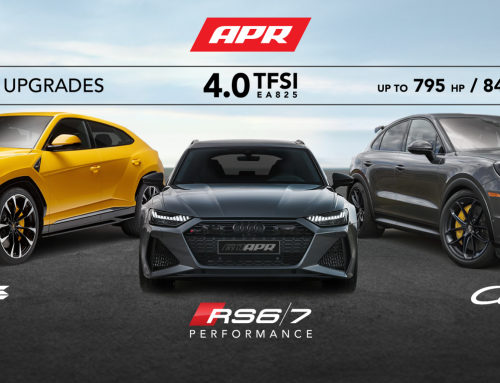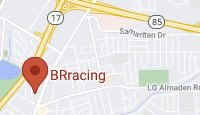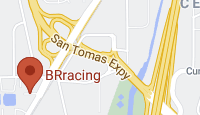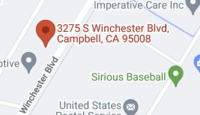California Smog Laws – Change July 2021
Starting Monday, July 19, 2021, the California Air Resource Board (CARB), made a significant change to the definition and scope of a “smog test”. Mandatory emissions inspections (aka “smog check,” performed every two years on 1998 to present gas and diesel cars and trucks) will now include a test to determine whether a vehicle’s ECM (Engine Control Module, or DME) has been manipulated/altered beyond OEM settings, through non-CARB-approved calibrating (ECU tuning).
It’s very important to remember this: The ECM itself is an emissions control device. As such, any modifications to it require a CARB Executive Order number in order to be legal in California. It’s very clear cut with respect to engines and exhaust, but this actually can get dicey when non-EO plug-in devices that change tire-size data or other parameters are detected. Again, the ECM is an emissions control device, too. In retrospect, it’s the most important one in the vehicle.
Who Does The Ruling Impact?
Although the new order is all-encompassing and doesn’t target one particular vehicle, it’s very hard to think modified diesel trucks are not near the top of the hit list or main target. For many years, builders and owners of hopped-up diesel oil burners have been on CARB’s radar, for their non-compliance with the organization’s restrictions on modifying, specifically use of illegal hard parts for engine and exhaust systems, as well as tuning.
In a nutshell, the change directly impacts owners who have modified their California-registered vehicles’ ECMs and not retained the stock calibration. Here is the Bureau of Automotive Repair’s (BAR) official explanation of the ruling:
Beginning July 19, 2021, vehicles (note, this means ALL vehicles, not just cars and trucks) with software not provided by the original equipment manufacturer (OEM) or approved through a California Air Resource Board (CARB) Executive Order (EO) will fail the smog test.
Before your vehicle will pass a Smog Check, you must take your vehicle to a licensed auto shop to the vehicle’s software restored to the OEM software version. Once the software is restored, have your vehicle reinspected by a licensed Smog Check station. Note that vehicles initially directed to a STAR or Referee station must return to the same station type to complete the inspection process.
Note there are lots of little pieces here that need to be understood. The smog check will now test the software and revision level….if it doesn’t match, you fail. You then proceed to the visual inspection test (no aftermarket parts installed that are emissions affecting), next, they will test to see if there is an active “check engine” warning light present, and finally, they will check “readiness” setting. It’s this last step combined with the ECU test that will make this difficult. You can’t just restore the software to stock and run to the smog station to get it tested. You have to complete all the drive cycles, then complete the “readiness” internal engine test. If you have aftermarket upgrades installed, and decide to install stock software, it’s not likely that you will get thru the “readiness” tests at all, and if you do, a “check engine” warning light will likely occur.
The saving grace for many, is that you can get software, that is upgraded from stock, that does have an “EO” approved order, and will be allowed (see our other article on APR or DINAN software, legal in California.
Good luck.
